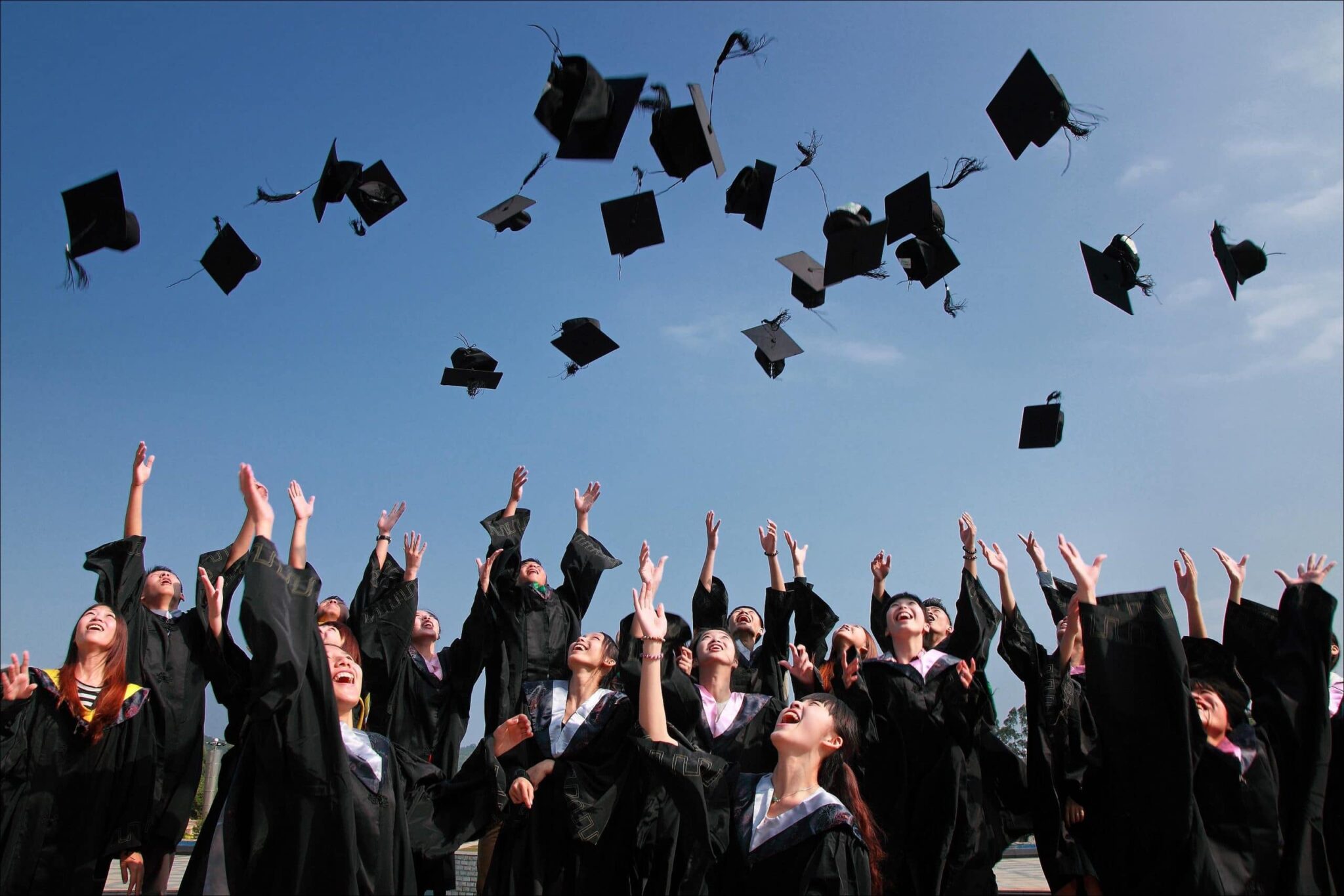Ray Perryman
As the COVID-19 pandemic emerged this spring, college campuses across the United States swiftly sent students home in droves and switched to online distance learning. The quick transition came with hopes and expectations that things would be largely back to normal by the fall.

However, such is not the case, and uncertainty is growing as the time to prepare is diminishing.
While there is not yet definitive evidence that the pandemic is decreasing enrollment, there are indications that student preferences are shifting.
A survey by McKinsey & Company in April indicates that 21% of incoming students had already changed their first-choice school since January 2020 due to COVID-19 concerns.
The most prevalent reasons for the switch were concerns over the cost of attendance or the location of the school, whether being too far away or in an area with a high threat level. Of the students who changed their first choice, more preferred in-state, public schools or those that were within 50 miles of their homes.
In addition, about half indicated that they would consider changing their education plans if the fall semester switched to remote learning. Specifically, 15% of the students said they would likely defer a semester, while 45% indicated they would pursue a different school. Furthermore, 83% of students said they would expect a tuition discount if the fall semester consisted primarily or entirely of online learning.
Colleges and universities, especially more expensive private institutions, are facing the dual risks of lower enrollment and pressure to adjust tuition, both of which would be harmful to budgets. These shortfalls could grow if foreign student visas are restricted for those enrolled in only online classes (a bad idea that, for the moment at least, appears to have been abandoned).
Tuition and fees account for 20.2% of total revenue and investment return at public, four-year institutions and 30.4% at private, four-year institutions.
Colleges and universities have already begun to reduce budgets, eliminate staff and faculty positions, and even cut entire academic departments. The impact will further be felt in the communities that surround campuses and are dependent on the financial stimulus from university faculty, staff, students, and events.
On a broader scale, these reductions or delays in graduates and the corresponding probable losses in research funding and activity bring declines in productivity, upward mobility, and a major source of the U.S. global competitive advantage in innovation.
Even as they face the potential for lower revenues, universities are investing heavily in technology improvements to enhance online instruction and safety measures (such as air filtration systems).
There is much at stake, not only for students, but also for universities, the communities that embrace them, and the U.S. economy and society.
TAGLINE
Dr. M. Ray Perryman is president and chief executive officer of The Perryman Group (www.perrymangroup.com
| Home | The Perryman GroupThe Perryman Group provides the economic insights you need for the board room, the courtroom, the hearing room, or any other room where decisions are made.www.perrymangroup.com |
), which has served the needs of more than 2,500 clients over the past four decades.



